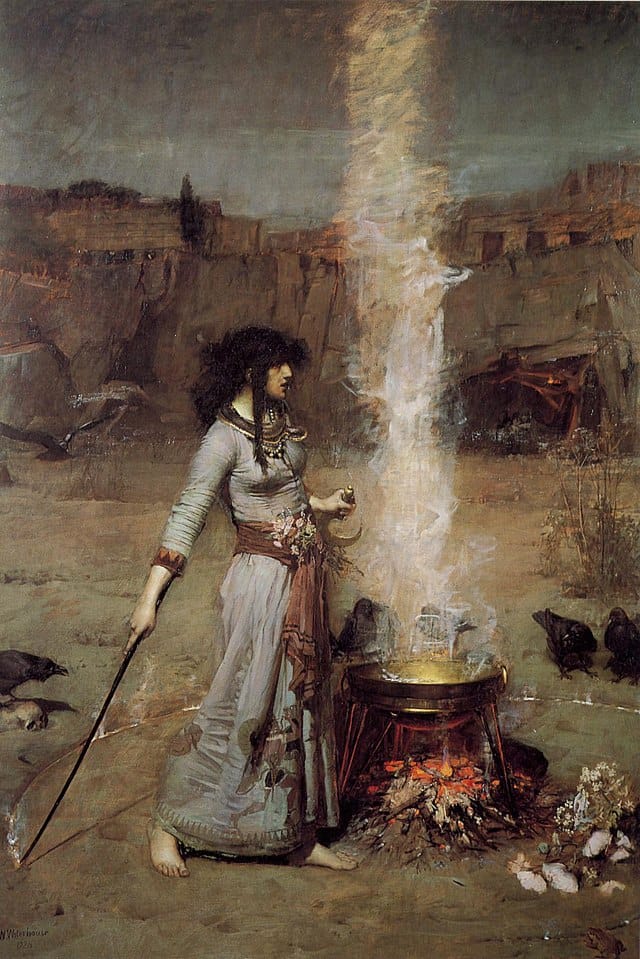
A witch stands as a figure of intrigue and mystery, often linked with supernatural powers. So, what exactly defines a witch? Across cultures and throughout history, people have seen witches in different ways. Some cultures respect them as wise healers, while others associate them with dark magic. Despite varying perceptions, witches continue to captivate the imagination. Let’s explore what it means to be a witch and uncover the truth behind this fascinating role.
The Definition of a Witch
A witch is someone who practices magic, commonly believed to possess supernatural abilities. These powers may include casting spells, brewing potions, or communicating with spirits. However, being a witch involves more than just performing rituals. In many societies, witches challenge traditional beliefs, break from societal norms, and delve into hidden knowledge. This divergence from the ordinary often leads people to both revere and fear them.
Witches in History: From Healers to Villains
Historically, witches have undergone a significant transformation in their portrayal. In ancient civilizations, people viewed witches as wise women and healers. These witches used herbs, natural remedies, and their deep understanding of the natural world to help others. In fact, many respected members of ancient communities practiced witchcraft, earning admiration for their expertise.
However, the portrayal of witches shifted drastically over time. As society advanced, particularly during the Middle Ages and Renaissance, fear of witches spread. People believed witches practiced harmful magic, often connected with demons or evil spirits. During this period, infamous witch hunts led to the persecution of many innocent individuals. The fear of witches reached its peak, leading to widespread suffering.
The Witchcraft Revival: Modern Witches and Their Practices
In recent decades, the perception of witches has undergone yet another shift. No longer viewed solely as malevolent figures, modern witches embrace their practices for spiritual and personal growth. Wicca, a contemporary form of witchcraft, now attracts many practitioners. This path centers on nature, the elements, and the cyclical nature of life.
Today’s witches practice rituals that honor the moon, the seasons, and the Earth’s energies. They believe in the power of intention and mindfulness, using spells to manifest their desires. Unlike the dark witches of the past, modern witches focus on promoting balance, harmony, and positive change. They see witchcraft as a way to connect with the universe and bring good into their lives and the lives of others.
Different Types of Witches
Not all witches are the same. Each type of witch brings a unique perspective to the practice of magic. Below are a few examples of the many types of witches you might encounter:
- Herbal Witches: These witches specialize in using herbs for magic and healing. They understand the healing properties of plants and know how to incorporate them into their practices.
- Green Witches: Green witches, often referred to as nature witches, work closely with plants, trees, and natural forces. Their magic stems from the Earth, and they emphasize the healing properties of the natural world.
- Kitchen Witches: These witches practice magic through cooking and baking. They believe that food holds magical properties and use their culinary skills to manifest their desires.
- Cosmic Witches: Focused on astrology and celestial bodies, cosmic witches align their practices with the phases of the moon and the energies of the universe. They connect their magic to the stars, believing the universe holds answers to personal growth and transformation.
Why Do People Become Witches?
People choose to walk the path of a witch for many reasons. Some are drawn to the allure of magic, while others seek a deeper connection to nature and the spirit world. Many witches embrace witchcraft as a way to reclaim personal power. It provides a platform for self-expression, allowing individuals to tap into their intuition and creativity.
Moreover, many witches use their practices to transform their lives. They believe magic can heal, overcome obstacles, and manifest desires. Whether casting spells or performing rituals, witches see witchcraft as a tool for empowerment and personal growth.
Conclusion: Embracing the Witch Within
A witch is not merely a character from folklore or a figure from a story. A witch is someone who challenges conventional thinking, explores hidden knowledge, and embraces their intuition. Through healing, nature, and personal transformation, witches have left a lasting mark on history. Today, many people find meaning and empowerment in witchcraft, reconnecting with ancient practices that remain relevant in the modern world.
Ultimately, understanding what a witch truly represents goes beyond magical stereotypes. It’s about recognizing the power of intention, the deep connection to nature, and the pursuit of wisdom. Whether you see witches with awe or skepticism, there’s no denying their profound impact on culture, spirituality, and human history.

